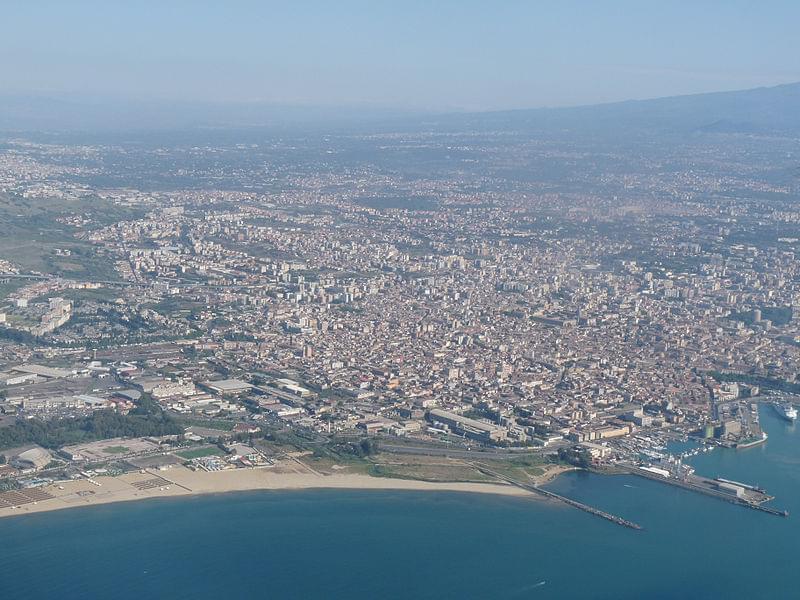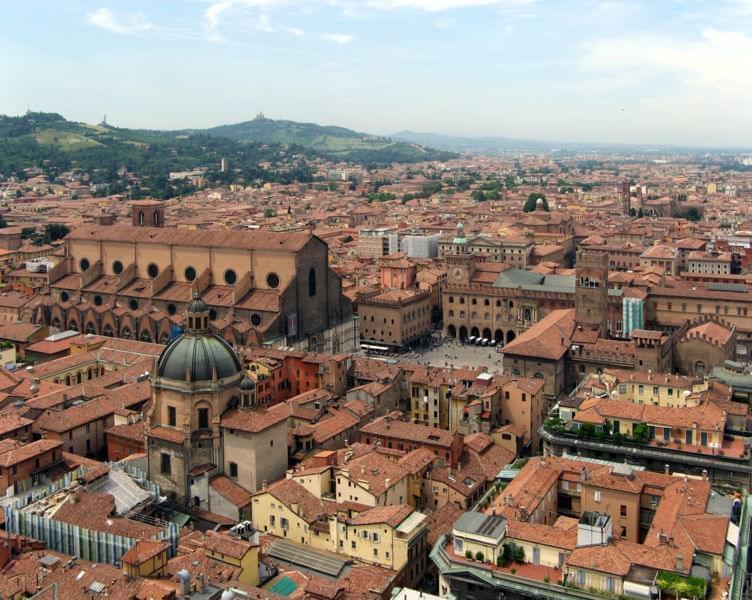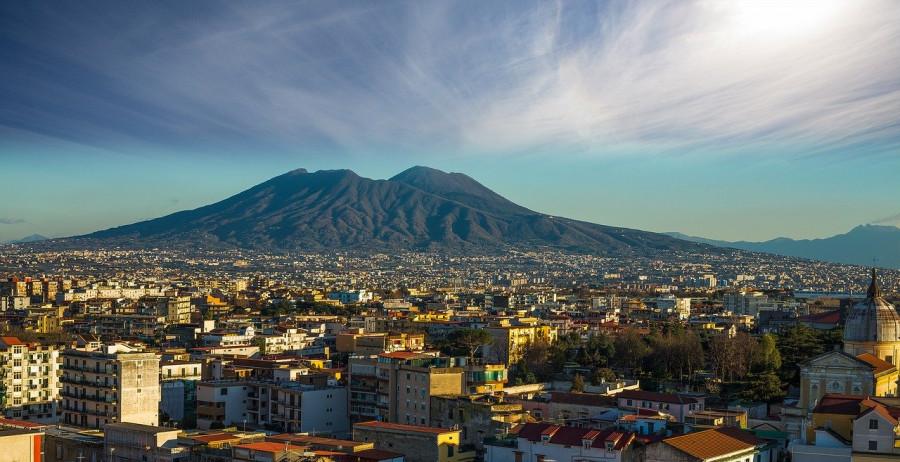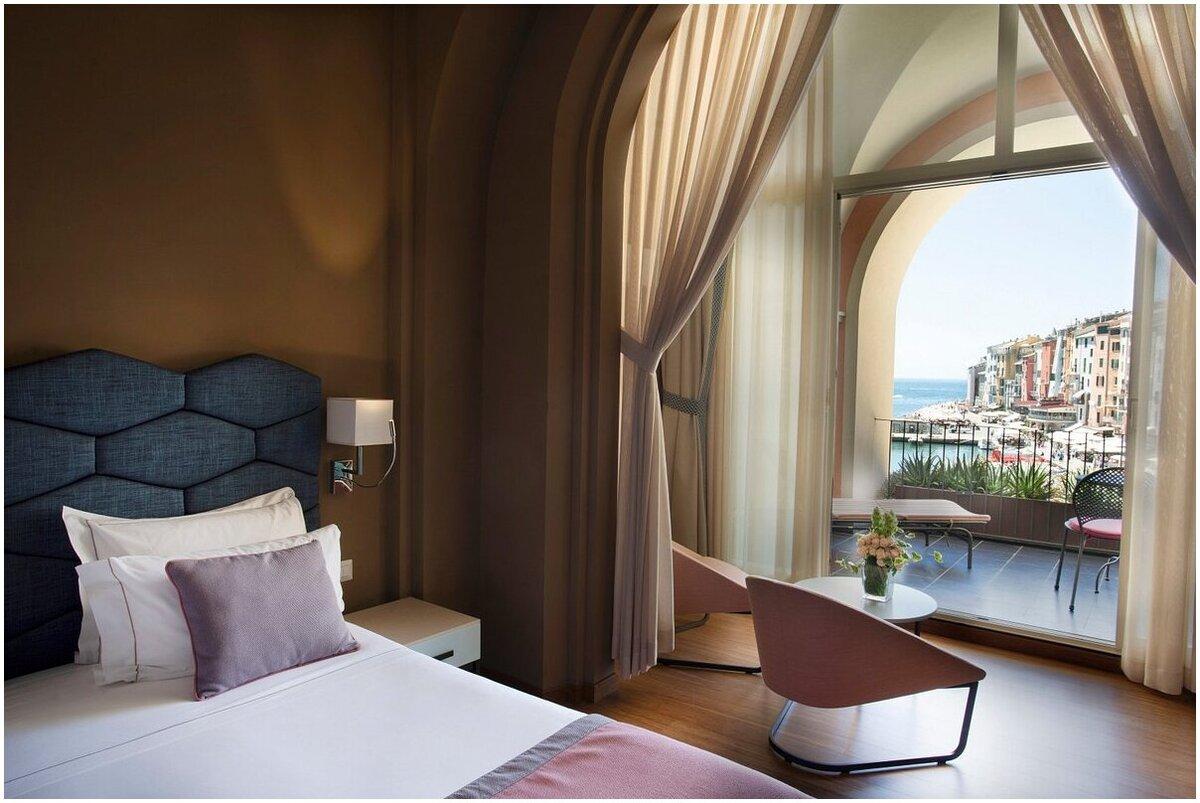 Photo by Ji-Elle. When you are standing in line at the post office or the bank, waiting for your turn at the doctor's, or even when you are stuck in traffic, do you ever wish you lived in a small village lost in the mountains?
Photo by Ji-Elle. When you are standing in line at the post office or the bank, waiting for your turn at the doctor's, or even when you are stuck in traffic, do you ever wish you lived in a small village lost in the mountains?
Big cities provide more opportunities and entertainment solutions, but sometimes they can be terribly stressful! All the more so if they have a number of inhabitants approaching one million. But which is the largest Italian city? Here is the official ranking of Italian cities by number of inhabitants...
NB: The ranking is based on the most recent statistical data available on the ISTAT website
City | Inhabitants | Density |
|---|
Catania, Sicily | 300.356 | 1,643 inhabitants per square kilometre |
Bari, Apulia | 317.205 | 2,702 inhabitants per sq. km |
Florence, Tuscany | 368.419 | 3,601 inhabitants per sq. km |
Bologna, Emilia Romagna | 391.686 | 2,781 inhabitants per sq. km |
Genoa, Liguria | 566.410 | 2,357 inhabitants per sq. km |
Palermo, Sicily | 637.885 | 3,972 inhabitants per sq. km |
Turin, Piedmont | 858.205 | 6,598 inhabitants per sq. km |
Naples, Campania | 922.094 | 7,752 inhabitants per sq. km |
Milan, Lombardy | 1.374.582 | 7,566 inhabitants per sq. km |
Rome, Latium | 2.770.226 | 2,152 inhabitants per square Km |
10 - Catania, Sicily: 0.30 million inhabitants
 Photo by Ji-Elle. In short, to get a prescription written by your doctor in Catania you risk losing an entire morning. Let's be clear, however, apart from some typically Italian organisational problems, Catania remains one of the most beautiful cities in the country, a splendid example of Sicilian Baroque art.
Photo by Ji-Elle. In short, to get a prescription written by your doctor in Catania you risk losing an entire morning. Let's be clear, however, apart from some typically Italian organisational problems, Catania remains one of the most beautiful cities in the country, a splendid example of Sicilian Baroque art.
9 - Bari, Apulia: 0.32 million inhabitants
 Photo by salviF. In ninth place is the fabulous Bari, a city of sea and faith inhabited by more than 321 thousand people. Bari is a mercantile city, historically in close contact with Middle Eastern and Eastern European civilisations.
Photo by salviF. In ninth place is the fabulous Bari, a city of sea and faith inhabited by more than 321 thousand people. Bari is a mercantile city, historically in close contact with Middle Eastern and Eastern European civilisations.
8 - Florence, Tuscany: 0.37 million inhabitants
 Beautiful Florence occupies the eighth place. Together with Prato and Pistoia, it forms a metropolitan area with more than 1.5 million inhabitants. In the 1970s, the municipality reached its demographic peak of almost 458,000 residents.
Beautiful Florence occupies the eighth place. Together with Prato and Pistoia, it forms a metropolitan area with more than 1.5 million inhabitants. In the 1970s, the municipality reached its demographic peak of almost 458,000 residents.
7 - Bologna, Emilia Romagna: 0.39 million inhabitants
 Photo by Steffen Brinkmann, claimed to be Szs. Bologna is a historic university city, inhabited by a large number of students, making it a particularly lively cultural and social centre. It is home to the Alma Mater Studiorum, the oldest university in the world. Bologna is also particularly popular in terms of tourism, not only for its artistic and monumental riches, but also for its traditional cuisine.
Photo by Steffen Brinkmann, claimed to be Szs. Bologna is a historic university city, inhabited by a large number of students, making it a particularly lively cultural and social centre. It is home to the Alma Mater Studiorum, the oldest university in the world. Bologna is also particularly popular in terms of tourism, not only for its artistic and monumental riches, but also for its traditional cuisine.
6 - Genoa, Liguria: 0.57 million inhabitants
 The municipality of Genoa has over half a million residents, but its urban agglomeration has a population of almost 870 thousand. Also known as 'la Superba', it was a very important Maritime Republic and the birthplace of Christopher Columbus.
The municipality of Genoa has over half a million residents, but its urban agglomeration has a population of almost 870 thousand. Also known as 'la Superba', it was a very important Maritime Republic and the birthplace of Christopher Columbus.
5 - Palermo, Sicily: 0.67 million inhabitants
 Photo by Xerones. In the top 5 Palermo, capital of the region of Sicily. Here one encounters important civilisations of the past such as the Greeks, Phoenicians, Arabs and Normans; whose artistic and cultural traits intertwine to create a truly unique atmosphere.
Photo by Xerones. In the top 5 Palermo, capital of the region of Sicily. Here one encounters important civilisations of the past such as the Greeks, Phoenicians, Arabs and Normans; whose artistic and cultural traits intertwine to create a truly unique atmosphere.
The city is as beautiful as it is chaotic, especially the traffic on the streets. Driving in Palermo is truly hell!
4 - Turin, Piedmont: 0.86 million inhabitants
 Photo by torephoto. The first capital of the Kingdom of Italy, it is the nation's fourth largest city by number of inhabitants and the country's third largest economic-productive centre. It comes close to topping the podium with just under 900,000 inhabitants. Still today, Turin is an important cultural, artistic, scientific and economic hub.
Photo by torephoto. The first capital of the Kingdom of Italy, it is the nation's fourth largest city by number of inhabitants and the country's third largest economic-productive centre. It comes close to topping the podium with just under 900,000 inhabitants. Still today, Turin is an important cultural, artistic, scientific and economic hub.
3 - Naples, Campania: 0.92 million inhabitants
 Naples is the most populous city in southern Italy.'See Naples and then die' so say the Neapolitans. And indeed it is truly something: the capital of Campania really does make you dream. Here, too, the streets are busy with drivers used to driving in a rather reckless manner, but luckily the citizens can rely on the underground transport network, which boasts one of the most beautiful stations in Europe: the Toledo station.
Naples is the most populous city in southern Italy.'See Naples and then die' so say the Neapolitans. And indeed it is truly something: the capital of Campania really does make you dream. Here, too, the streets are busy with drivers used to driving in a rather reckless manner, but luckily the citizens can rely on the underground transport network, which boasts one of the most beautiful stations in Europe: the Toledo station.
With such a beautiful metro station, travelling by public transport is undoubtedly less of a hassle.
2 - Milan, Lombardy: 1.37 million inhabitants
 Photo by Conte di Cavour. Milan is Italy's second largest city with 1.33 million residents. It is considered the economic capital of the bel paese, a commercial hub for the fashion and industrial design sectors. It is Italy's only global city, and like all metropolises of the world it is full of good and bad points: shopping in Corso Buenos Aires is great, standing in line at the cash desk for hours probably a little less so...
Photo by Conte di Cavour. Milan is Italy's second largest city with 1.33 million residents. It is considered the economic capital of the bel paese, a commercial hub for the fashion and industrial design sectors. It is Italy's only global city, and like all metropolises of the world it is full of good and bad points: shopping in Corso Buenos Aires is great, standing in line at the cash desk for hours probably a little less so...
Although Milan is not the most populated city in Italy, its region, Lombardy, is by far the most populated.
1 - Rome, Lazio: 2.77 million inhabitants
 Photo by Oliver-Bonjoch. In addition to being the most populated Italian city, Rome is the fourth most populated city in Europe right behind London, Berlin and Madrid.
Photo by Oliver-Bonjoch. In addition to being the most populated Italian city, Rome is the fourth most populated city in Europe right behind London, Berlin and Madrid.
According to the 2014 census, the number of inhabitants is 2,874,038. Rome is among the most beautiful Italian cities, rich in history and art.















